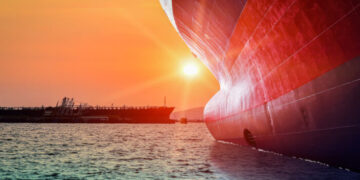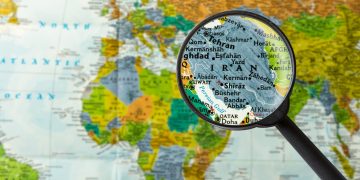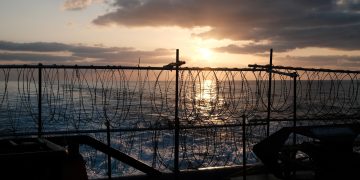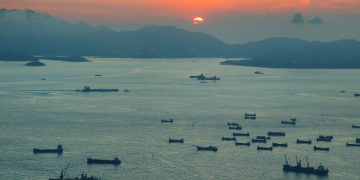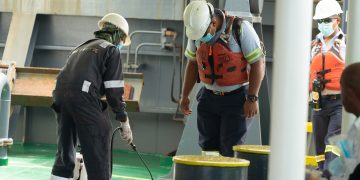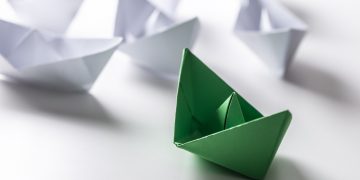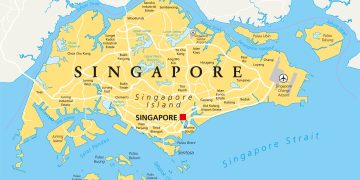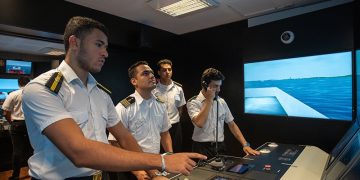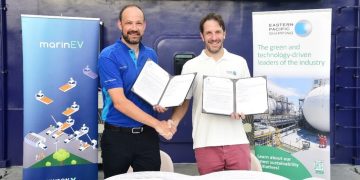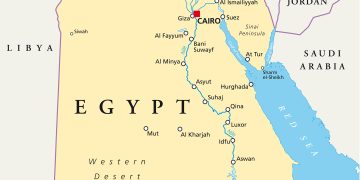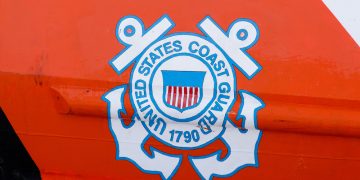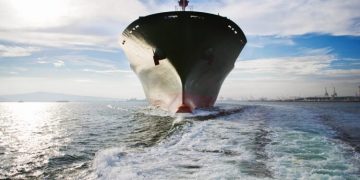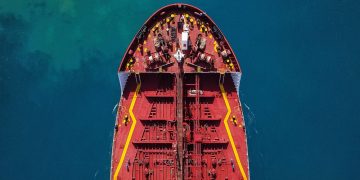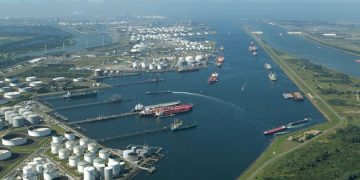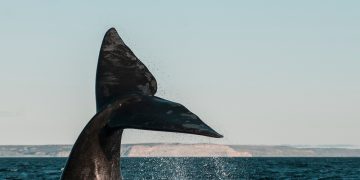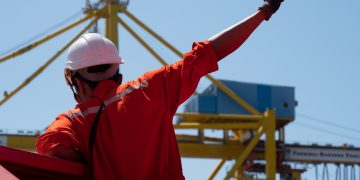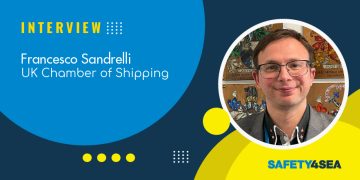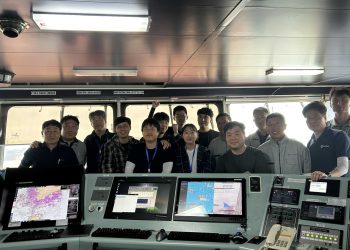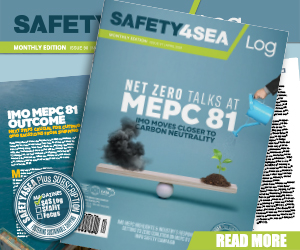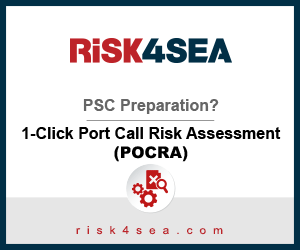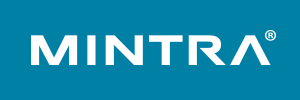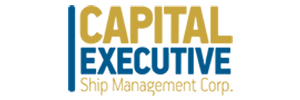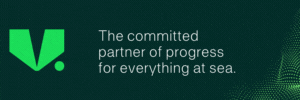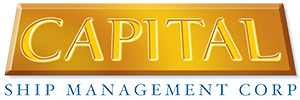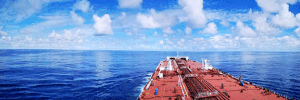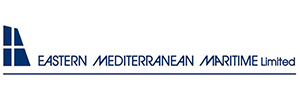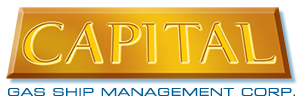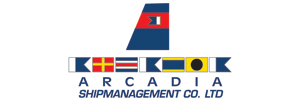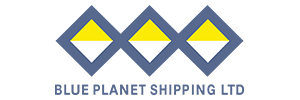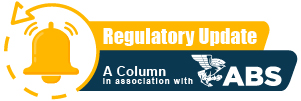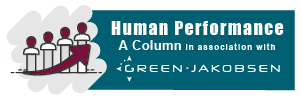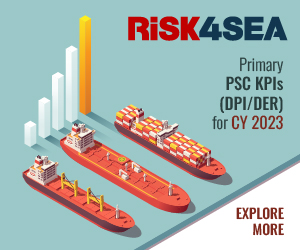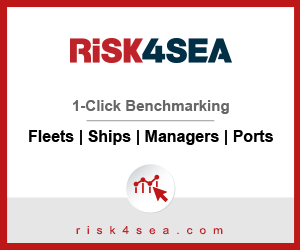Innovations that lead to major developments require a process of collaboration and an exchange of ideas, and people willing to go the extra mile. Benny Pettersson is one of those people, who through his know-how and commitment, searched for solutions to benefit global shipping, and came up with the idea of the AIS; a vital tool for navigators on vessels globally.
Providing the backround of AIS and its creator, Tommy Gardebring notes that Benny Pettersson was raised in Klintehamn, Sweden, ans as he mentions, he always wanted to ‘go to sea when I saw ships pass by and wondered where they were heading’.
After finishing his basic education, Mr. Pettersson joined the merchant navy and some years later, a ship’s master suggested him to train as a Master Mariner, because he was ‘a bit of a bookworm’.
I needed to study for certain qualifications ahead of my training as a ship’s captain … and after that things went smoothly.
But how did he come up with the idea of AIS?
Back in 1965 when Benny Pettersson was a seaman, the typhoon Jane hit Japan with winds of up to 70 m/s. That day his ship had to leave the harbour and anchor outside, Mr Gardebring mentions. As he describes it was a powerful storm, while the ship had no cargo, had lowered the booms and tied down everything that could be tied down. It was also running with the engines on slow or half speed while dragging the anchors so it would not move too fast.
However, due to the weather it was impossible to see if there were other ships in the vicinity, even by radar. When the storm calmed down, the ship was not able to stay stationary and drifted a nautical mile, while it was still not able to see the locations of other ships.
At that time, Benny Pettersson realized that a system was necessary, which would enable the sighting of other ships that were nearby. A highlight in achieving this system was the introduction of Transit satellites, which used the Doppler effect on the signals for positioning.
 The Doppler effect is the change of pitch heard when, for example, a vehicle sounding a horn approaches and recedes from an observer.
The Doppler effect is the change of pitch heard when, for example, a vehicle sounding a horn approaches and recedes from an observer.
But even then, a few shipping companies had bought the satellite system for their vessels. In addition, Mr. Pettersson explains:
When we rounded Africa’s southern tip and set a north-west course, we had to have a margin of a few degrees to be on the safe side. There was a great risk of getting too close to the shallows off Guinea-Bissau. I wrote letters to my shipping company requesting access to the Transit system but it was obviously too costly for it.
Despite the initial unwillingness by the industry, Benny Pettersson managed to carry out successful tests of the system. Nevertheless, convincing the shipping companies was a slow process.
At that time, mainly owners of luxury yachts were interested in the technology, and not shipping companies.
The only explanation I can find is that shipping is – or at least has been – a conservative business.
In spite of the challenges that came up, Mr. Pettersson achieved his breakthrough in 2001, after the 9/11 terrorist attacks. Then, the Swedish proposal about the system won worldwide support and its use became mandatory for shipping worldwide.
The original purpose of AIS was to prevent collisions, but since then it can be used for many other applications, such as:
- Fishing fleet monitoring and control;
- Maritime security;
- Aids to navigation;
- Search and rescue;
- Accident investigation;
- Ocean currents estimates;
- Infrastructure protection;
- Fleet and cargo tracking.
What are the main components of an AIS equipment?
An AIS equipment is comprised of four basic elements, RolfF Zetterberg highlights:
1. A computer that captures data from the ship’s position sensor and gyrocompass
The computer creates messages for transmission and organizes the transmissions based on certain rules. It also manages the data in the messages that were received from other ships and displays it to a presentation system.
2. Antenna and radio equipment
These two are using a transmitter that switches between two frequencies, plus two receivers that receive messages on these frequencies. The two frequencies are used to limit the danger of losing the connection because of disturbance, and increase capacity. Radio frequencies are are controlled by the UN agency ITU, which, has reserved two radio channels with a 25 kHz-bandwidth within the maritime VHF band for AIS.
For the best use, radio technology and transmission speed have been chosen to ensure enough capacity for the cause, while also offering secure communication.
3. Receiver for a satellite navigation system
These receivers – most commonly GPS – are a backup for the ship’s position sensor, but they also provide a precise time. The accurate time means that all AIS devices have synchronized clocks to divide each minute into 2,250 synchronized parts of 26.6 ms each, to which the transmissions are allocated.
Presentation system with information
This system displays the information graphically on a map that depicts ship positions. It can also be presented on a radar display. Current rules also enable the information to be shown in text form with ship name, bearing and distance from one’s own vessel.
Nowadays, mariners think AIS as a granted tool. But its uptake experienced many obstacles along the way, Tommy Gardebring concludes. Now, AIS enables all ships that are within VHF radio range to exchange information with each other, through a fully automated process.




